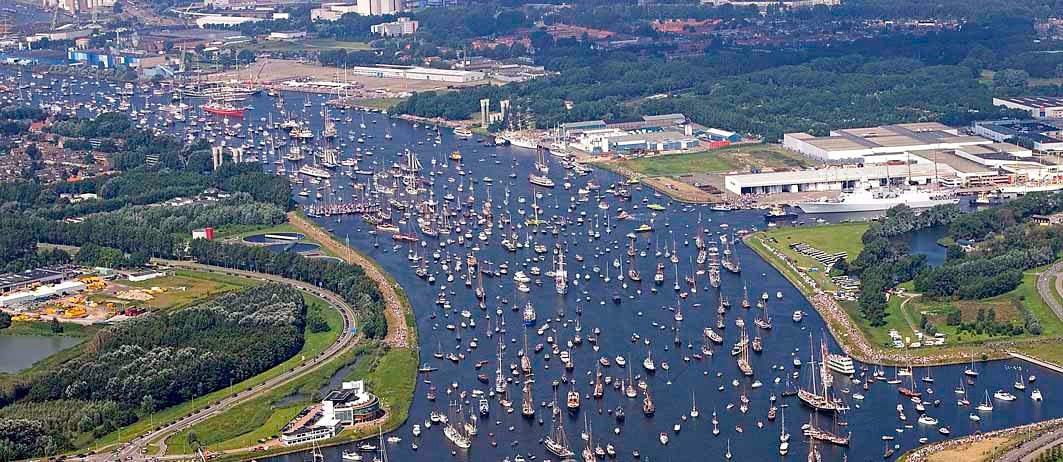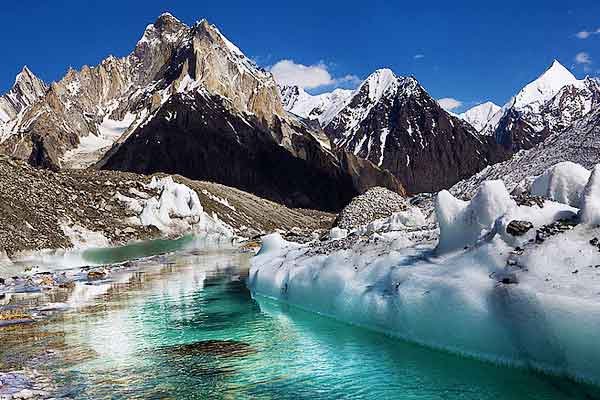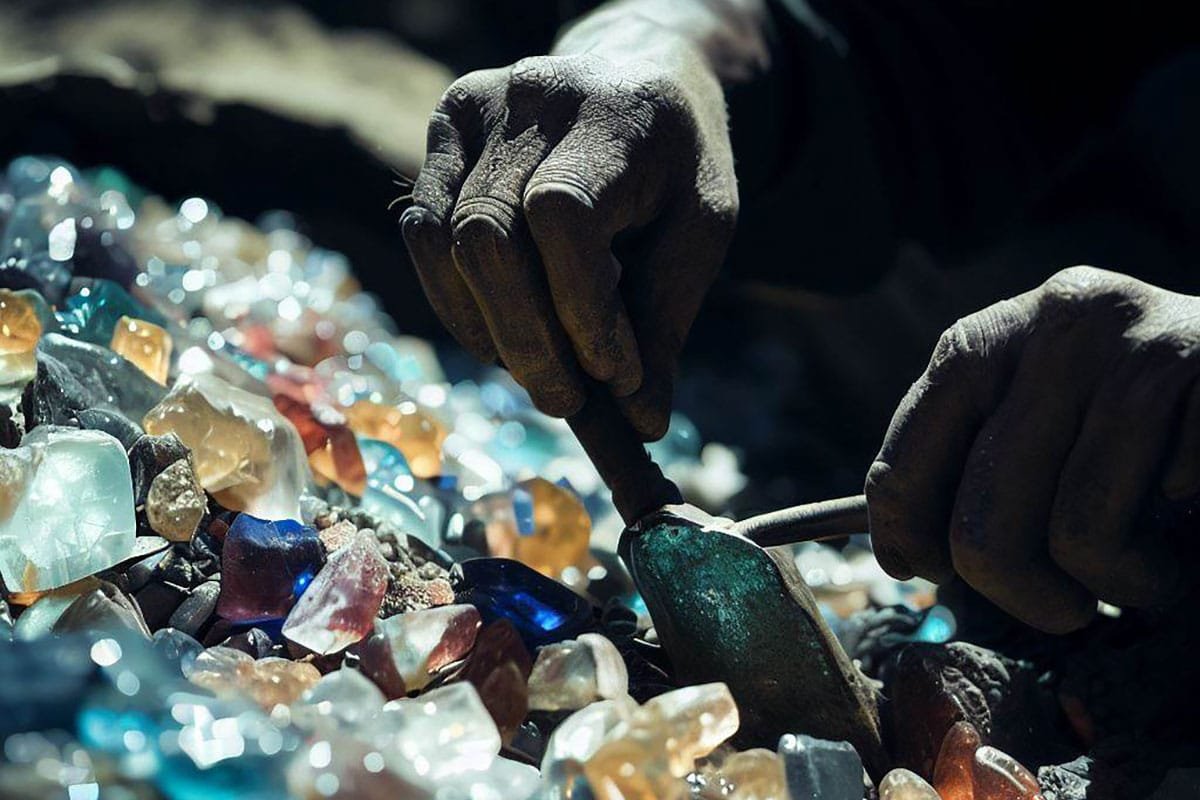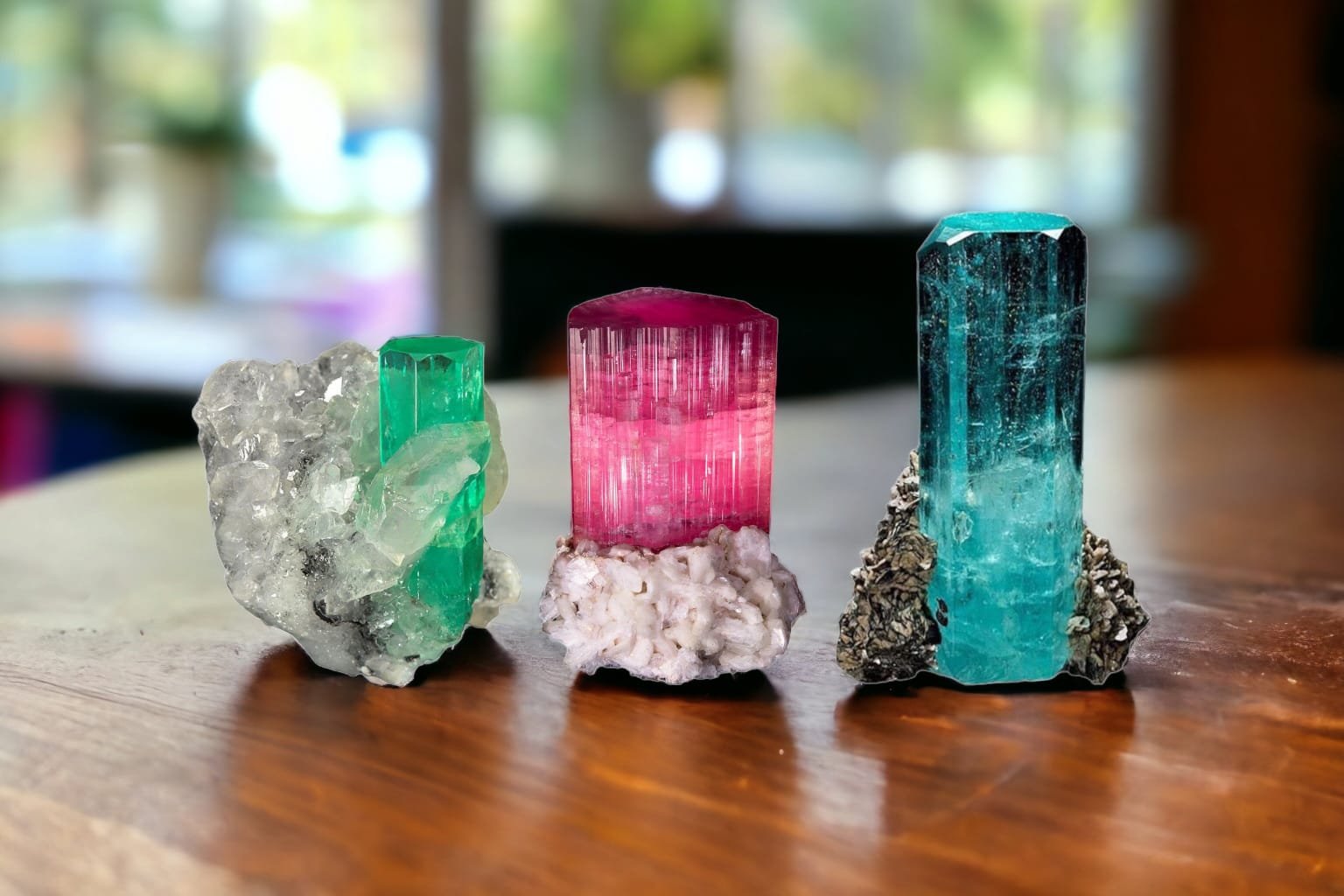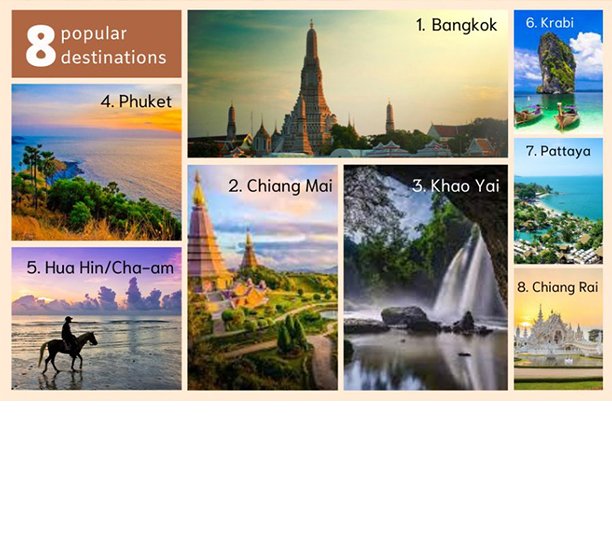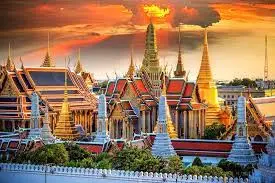Embarking on a gem and mineral hunting expedition is a thrilling adventure that allows enthusiasts to connect with the Earth’s geological wonders. Whether you’re a seasoned collector or a novice eager to start your journey, this guide will walk you through the essential steps and tips for a successful gem and mineral hunting experience.
1. Research and Education:
Before setting out on your expedition, equip yourself with knowledge about the types of gems and minerals you’re interested in. Understand the geological formations and regions where specific specimens are likely to be found. Online resources, geological maps, and books on mineralogy can be valuable tools in this stage.
2. Choose Your Destination:
Selecting the right location is crucial. Consider regions known for abundant gem and mineral deposits. Popular destinations include gem-rich countries like Sri Lanka, Brazil, and Madagascar, or renowned geological sites in the United States and Australia. Check local regulations and permits required for mineral collecting in your chosen destination.
3. Safety First:
Gem and mineral hunting often involves venturing into natural landscapes. Prioritize safety by wearing appropriate clothing and footwear, bringing essential gear like water, sunscreen, and insect repellent. Be aware of local wildlife and potential hazards in the area.
4. Tools of the Trade:
Assemble a basic toolkit for collecting, including:
– Rock hammer: For breaking open rocks and extracting specimens.
– Chisels and screwdrivers: Useful for prying apart layers and extracting minerals.
– Hand lens: To examine small details and identify minerals.
– Sturdy backpack: For carrying your tools, specimens, and supplies.
5. Know Where to Look:
Understanding the geological context is key. Look for signs of mineralization such as veins, outcrops, or exposed rock formations. Pay attention to changes in soil color or the presence of indicator minerals. Creeks, riverbeds, and areas with recent erosion can reveal hidden gems and minerals.
6. Patience and Persistence:
Gem and mineral hunting can be a patient person’s game. Success may not come instantly, so be prepared to spend time carefully exploring and searching. Develop a keen eye for detail, as many gems and minerals may blend into their surroundings.
7. Respect Local Regulations:
Before you start collecting, be aware of and adhere to local regulations. Some areas may be protected, and collecting may require permits. Respect the environment and only collect within the bounds of the law.
8. Ethical Practices:
Practice ethical collecting by minimizing your impact on the environment. Avoid damaging plants, disturbing wildlife, or leaving behind trash. Document your finds responsibly and share your knowledge with others in the community.
9. Join the Community:
Connect with other enthusiasts and local rockhounding clubs. These communities often share valuable tips, experiences, and may even organize group outings. Learning from experienced collectors can enhance your skills and enrich your overall hunting experience.
10. Preserve and Display Your Finds:
Once you’ve collected your gems and minerals, clean and preserve them appropriately. Research the best methods for storing and displaying your specimens to maintain their beauty and integrity.
Conclusion:
Gem and mineral hunting is a fascinating journey that allows you to explore the Earth’s geological wonders firsthand. Approach your expedition with a spirit of curiosity, respect for the environment, and a commitment to ethical collecting practices. May your adventures be filled with exciting discoveries and a deeper appreciation for the treasures that lie beneath the Earth’s surface. Happy hunting!Gemstones, minerals, and crystals can be found in various countries around the world. The presence of these natural treasures depends on geological conditions and the specific mineral compositions of each region. Here is a list of countries known for their significant deposits of gems, minerals, and crystals:
1. Brazil: Known for its rich deposits of various gemstones, including amethyst, aquamarine, tourmaline, and topaz.
2. India: Famous for its extensive range of gemstones such as sapphire, ruby, emerald, and various types of quartz.
3. Sri Lanka:Renowned for high-quality sapphires, rubies, and other colored gemstones.
4. Myanmar (Burma): Home to some of the world’s finest rubies, as well as sapphires and jade.
5. Afghanistan: Known for its lapis lazuli, emeralds, and a variety of other gemstones.
6. Colombia: Famous for its emeralds, as well as producing high-quality specimens of quartz and other gems.
7. Tanzania: Rich in a variety of gemstones, including tanzanite, garnets, and tourmaline.
8. Madagascar:Offers a diverse range of gems such as sapphires, rubies, and tourmaline.
9. Australia: Known for opals, diamonds, and various colored gemstones.
10. Russia: Notable for its diamonds, including those from the Yakutia region.
11. Thailand: A major cutting and trading hub for various gemstones from neighboring countries.
12. Mexico: Home to fire opals, agate, and other colorful minerals.
13. Namibia: Known for high-quality diamonds and various semi-precious stones.
14. South Africa: A significant producer of diamonds, including those from the famous Kimberley region.
15. United States: Various states, such as North Carolina and California, have deposits of gemstones like tourmaline, garnets, and aquamarine.
16. Pakistan: Known for its high-quality peridot, aquamarine, and various other gemstones.
17. Peru: Rich in minerals and known for producing pyrite, rhodochrosite, and opals.
18. Zambia: A major source of emeralds, often of high quality.
19. Mozambique: Known for its rubies, as well as producing other gemstones.
Keep in mind that the availability and quality of gemstones can vary within each country, and factors like mining regulations and environmental concerns can impact the industry in different regions. Additionally, ethical sourcing and responsible mining practices are increasingly important considerations in the trade of gemstones and minerals.
various countries around the world have the potential to host deposits of these natural resources. Here’s a list of countries where gems and minerals can potentially be found:
1. Argentina
2. Bolivia
3. Chile
4. China
5. Democratic Republic of the Congo
6. Ecuador
7. Finland
8. Greenland
9. Guatemala
10. Guyana
11. Iran
12. Kazakhstan
13. Kyrgyzstan
14. Laos
15. Mongolia
16. Morocco
17. Nepal
18. Nigeria
19. Norway
20. Papua New Guinea
21. Paraguay
22. Portugal
23. Romania
24. Saudi Arabia
25. Sweden
26. Switzerland
27. Tajikistan
28. Turkmenistan
29. Uzbekistan
30. Venezuela
31. Vietnam
32. Yemen
33. Zimbabwe
It’s important to note that the actual presence and economic viability of gem and mineral deposits can vary within countries, and extensive exploration and geological surveys are typically required to identify and assess the potential for extraction. Additionally, factors such as mining regulations, environmental considerations, and geopolitical stability play a significant role in the development of mining activities in these countries.
Embarking on a gemstone and mineral hunting adventure around the world provides not only the chance to discover stunning natural specimens but also a deeper understanding of the Earth’s geological diversity. Whether you’re a seasoned collector or a novice enthusiast, the continents hold a myriad of opportunities for those willing to embark on a global treasure hunt. Remember to respect local regulations, practice ethical collecting, and enjoy the journey of uncovering the Earth’s hidden gems. Happy hunting!
